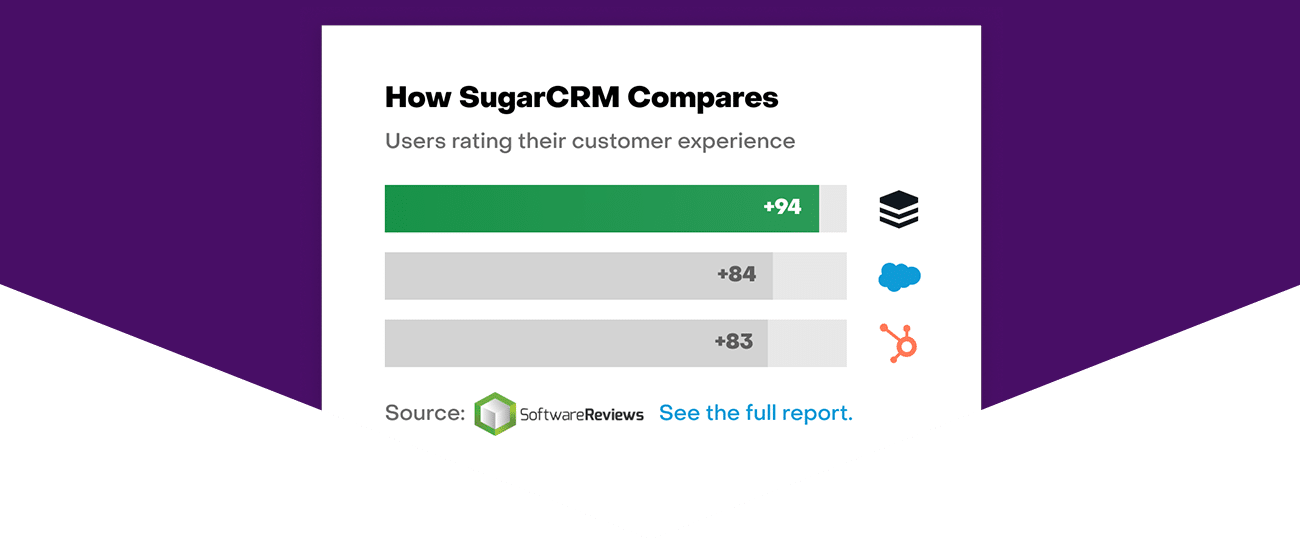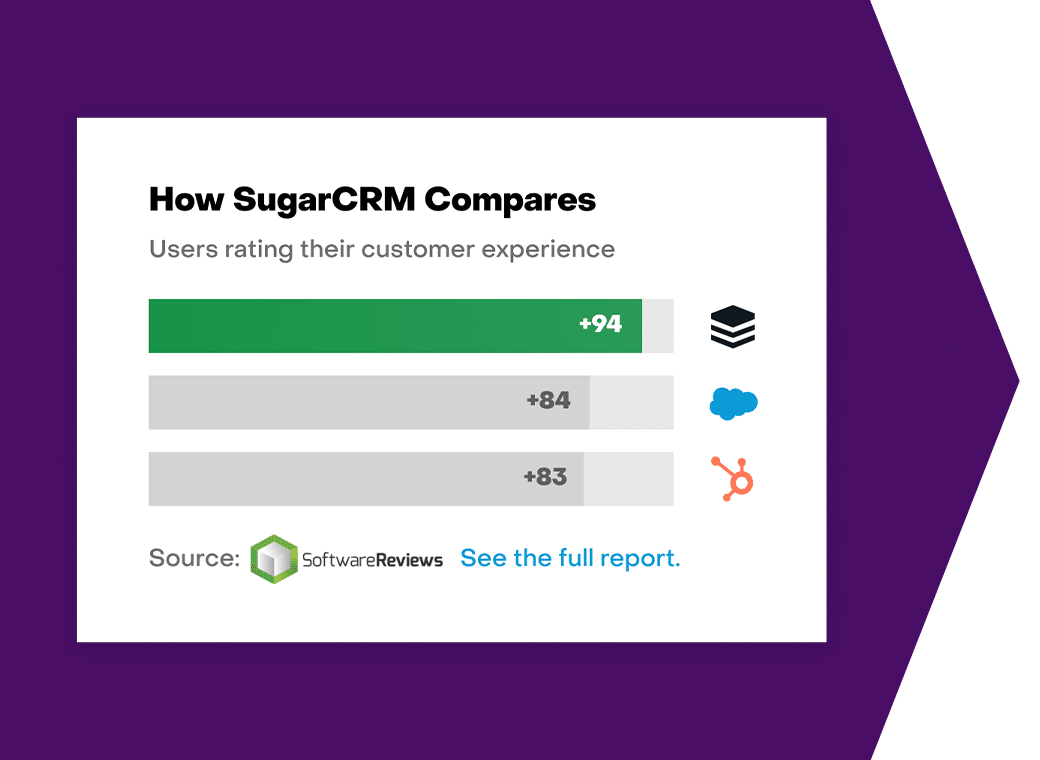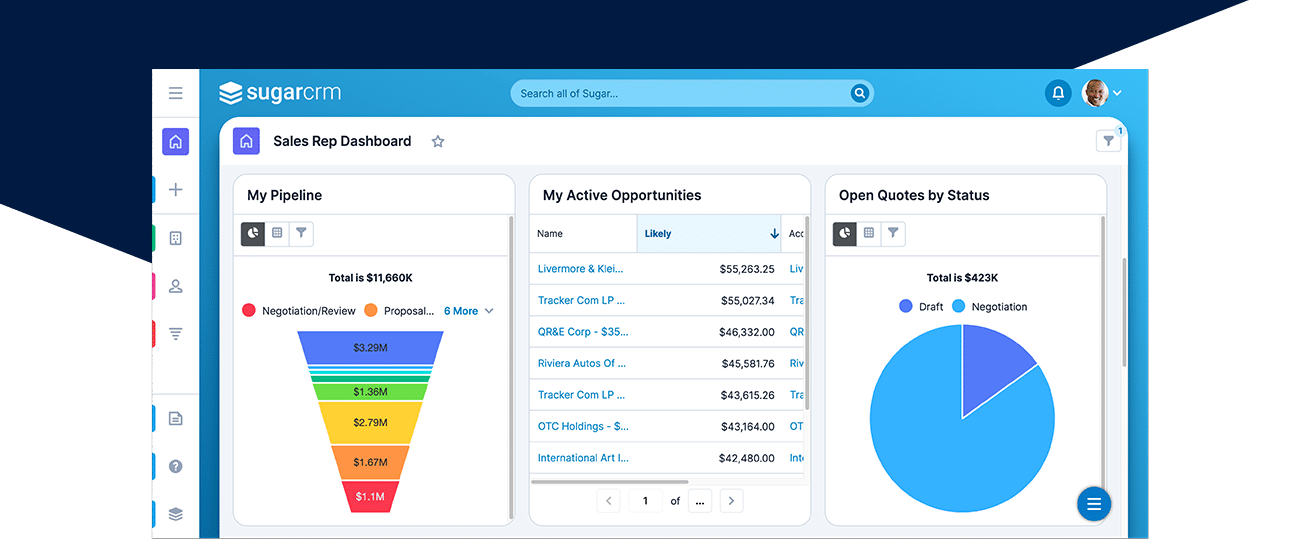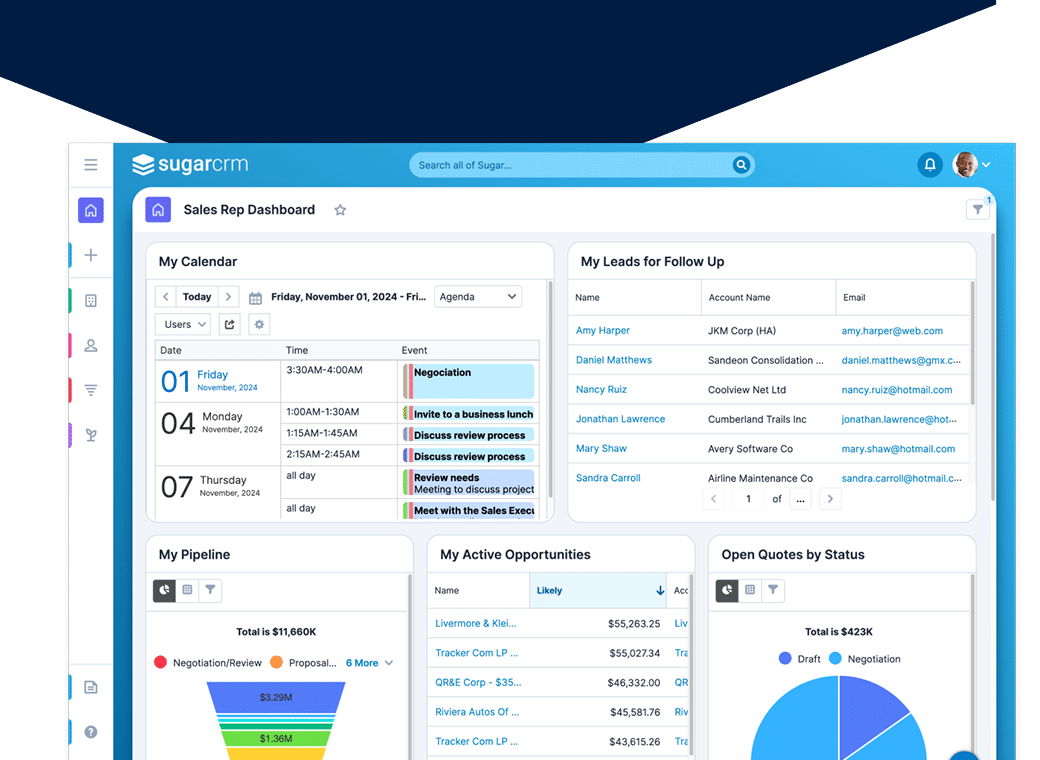Using Early Education Content and Onboarding to Prevent Churn
Churn rate is the percentage of customers who stop using a service within a specific timeframe. It generally is used by businesses that operate on subscription-based service models. According to SugarCRM research, the average customer churn rate is 32% globally, with a whopping 47% in the US! Among those same leaders, 58% of them admitted their customer churn rate has increased over the last 12 months. It’s an epidemic affecting everyone, everywhere.
Fortunately, enterprises can use two solid strategies focused on the customer to boost customer retention and secure a better position in the market, regardless of the industry: customer early education and a solid customer onboarding strategy. Typically overlooked by many businesses, these are two critical elements that ensure customer success and retention. Let’s dive into each and see how to prevent churn.
What we'll Cover:
Early Customer Education: The How and When of Successful Customer Stories
Customer education refers to arming customers with all the information they need to use your products and services successfully. Doing so contributes to higher customer satisfaction and a better overall customer experience (CX). Besides, you help them understand your products or services in a way that allows them to use these most effectively and see the results they expected when first signing up for your service or product.
A better customer experience results in higher customer loyalty, lifetime value, and retention; it can also improve your upselling and cross-selling opportunities.
Early Customer Education: the Benefits
Apart from the benefits listed above, those who implement solid early education strategies also see improvements in numerous other areas:
- Faster customer onboarding. Early education sets your customers up to successfully use your products or services from the beginning. By doing so, they are more likely to experience the value you provide early on their journeys, and they will remain frequent users, boosting adoption and engagement in the long run.
- Higher levels of customer satisfaction and loyalty. A frustrated customer who doesn’t understand how your product or service works will experience lower satisfaction. That’s why providing the right educational resources as early as possible in their journey can help them easily navigate your offer, keep exploring connected solutions (this is how cross-selling opportunities pop up), and lower their likelihood of abandoning your product or service.
- Improved market positioning. For enterprises with a proactive mindset and customer retention strategy, customer education is a strategic investment in their position as market leaders. A loyal fanbase will regularly recommend your products or services to others. Word-of-mouth may be an age-old marketing tactic, but it still works wonders in helping you secure a stronger position in your industry.
- Fewer support tickets. An educated customer is more likely to navigate your products’ functionality independently without a representative’s support. Elevating the burden of repetitive questions from confused customers will allow your support team to focus on more complex inquiries while boosting CX.
- Higher revenue. All the positives above will ultimately lead to increased revenue from your existing customers and new customer acquisitions derived from your reputation and market position.
How to Build a Robust Customer Education Strategy?
Now that we have listed the benefits of a strong customer education strategy let’s see how you can craft one.
#1. Audit Your Current Strategy
All companies have some sort of educational resources available for new customers. However, there might still be room for improvement. So, you want to start by auditing your current strategy and results. Ideally, you should include the following in your analysis:
- The educational resources you have available for your customers. Make a complete inventory of all your educational resources.
- How can they access those resources? Is it through a Knowledge Base? Do you have a portal where you provide training and courses and offer certifications?
- At which point in their journeys do customers receive those resources? The earlier, the better.
- What does the engagement data of each resource look like? Low engagement rates might flag issues such as unclear instructions, outdated information, etc. Take a mental note of content with high engagement rates and try to identify what may appeal to your readers in those instances.
Once you complete the audit process, look for gaps in your education process and resources. Another place where you can find data about gaps in your educational resources is customer support logs. Craft some resources on the topic if there are questions about a feature that pops up repeatedly.
#2. Gather the Resources to Fill In the Gaps
Once you identify the gaps in your resources, you’ll have to gather resources to fill those gaps. Things you’ll need to consider in this step:
- The person assigned to create those resources
- What tools they’ll need in the process
- How the resources will be delivered
Once the resources are created, ensure you get the green light from all relevant stakeholders in your organization.
#3. Deliver the Educational Content
How you deliver content matters as well. If you have a knowledge base available, upload it there and ensure it is structured to make navigation easier. Think of chapters and subchapters or feature-specific resources. For educational portals, you can also think of educational articles where you show your audience step-by-step how to use certain features or functionalities.
#4. Measure the Results
Once you have implemented your fresh strategy, you need to measure the results and see if your content addressed the educational gaps you initially identified. The metrics you’ll need to look at depend on the gaps that caused those. But, for example, if you were to measure abandonment rates at a certain point in the onboarding process, a significant drop in that metric could mean that your improved content filled in a gap that was causing it.
Now that you have your early education strategy in place, let’s jump on to the onboarding aspect.
Customer Onboarding: Fewer Complications Leads to Higher Adoption
Probably the most crucial step in your customers’ lifecycle is onboarding. Many people just give up signing up for a service because of a lengthy and complicated onboarding process. The onboarding process also sets the tone for your customer’s entire journey with your business. Just like education, onboarding can set your customers up for success and show off the value of your product or service.
Customer onboarding is the process new users must go through to set up and start using a product and covers every step from the initial sign-up to product activation and first use.
There are many reasons why you should focus on customer onboarding as a strategic asset, but two of the most important are:
- Customer Engagement. A solid onboarding process will help your customers see the value of your product or service and keep them engaged to continue using it.
- Improve Trial Conversions. Customer onboarding is critical for companies that offer discounted or even free trials. A streamlined onboarding process will likely convert them into buying customers once their free/discounted trial ends.
So, let’s see how you can set your customers up for success with a good onboarding strategy.
#1. The Sign-Up
Many vendors think that the onboarding process starts after the first sign-up. But the truth is, an overly complicated sign-up process can increase the average drop-off rate. You must improve your sign-up process if you notice worryingly low conversion rates. Here are some best practices you can follow in this step.
- Keep it short and sweet. To start using your product, you want to make the sign-up process as simple as possible. Is the information you ask for in this step necessary, or is it just nice to have? Nobody likes to provide too much information at the first interaction, so you should focus on the essentials and leave out the nice-to-have info for later in the journey.
- Split information into bite-size pages. If your platform requires a lot of information, it’s best to split it into bite-size pieces across multiple pages. This makes the process feel less lengthy and lowers the drop-off chances.
- Easy sign up with services they already use. To remove the hassle of creating a new account to sign up for a service, you can offer the option to sign up with a service they already use, like Google or other social media accounts.
#2. The First Log-In
You thanked your customers for signing up, showed them around, and invited them back to your product. It’s time to make a lasting impression with a straightforward first log-in. This is how your customers are walked through setting up their accounts.
Here are some best practices you can use in this third step of the onboarding process.
- Leave the guesswork out of it. Logging into a new product is intimidating if you only see a blank screen. So, implement a set-up wizard that takes the guesswork out of the set-up process.
- Break down the process into baby steps. Getting your customers to experience the actual value of your products may sometimes be a lengthy process. However, if you break it down into smaller steps and offer a visual representation, you reinforce that they are headed in the right direction and getting closer to the final step.
#3. How Do You Handle Integrations, Invitations, and Data Imports?
As part of your customers’ tech stack, your product should integrate easily with their other software and allow data imports to be handled seamlessly for a positive onboarding process.
How do we maintain a positive onboarding process in this step? Follow the best practices we listed below:
- Process automation. Data imports and software integrations can be a hassle, and how every user is a tech wizard. Even tech wizards might have a limited time, so if you can, automate as much as possible. This removes friction and contributes to a better onboarding process.
- Don’t make it mandatory. Not all users will have to set up integrations or send invitations to colleagues. Make these potential in this step and allow them to handle them later.
- Offer your new customers all the support they need. Since software integrations and data imports can be complicated, make sure you have onboarding specialists ready to jump in and help your customers as they start navigating through your products.
#4. Product Walkthrough
Product walkthroughs are valuable in customer onboarding because they show how to perform critical tasks within the product step-by-step. The best way to handle this is to get the user to do what is pictured rather than just showing them. To master this step, follow these best practices:
- Allow them to skip the walkthrough if they want. Some users may already be familiar with your product from past experiences, like a previous job. Not being able to skip the walkthrough will be frustrating for these customers.
- Allow people to return later. Not all users will want to go through a walkthrough the first time they log in. Make it easy for them to return and do it later.
- Support matters. Even with a walkthrough, some users may find it difficult to properly leverage your product’s functionalities and features. Ensure support options are visible: contact numbers, email addresses, etc. You can also include a live chat support feature on your walkthrough screen.
#5. Follow-Up Emails
Follow-up emails will help ensure your customers’ journeys don’t abruptly end after the first few logins. After sending out a welcome email, some follow-up emails are also necessary. What should you include in these emails? Tips, tricks, and innovative ideas on how to use your product are great places to start. These will educate your customers and prompt them to log back in and keep using your product.
Here are some best practices to follow in this step of the onboarding process:
- Share helpful tips and resources. Here, onboarding meets early education! If you want your customers to become successful users of your product, add value to their experience with educational content.
- Bite-sized information. Instead of sending a single wall of text in your follow-up email, send out multiple ones with bite-size information. This will make the information more digestible, reducing the chances of confusing your audience.
- Include social proof in your follow-up emails. Customer testimonials and quotes from case studies are valuable when you want to cement the value of your product or service.
Customer onboarding and early education are just the first steps in your buyers’ journeys, but they lay the foundation and tone for your entire relationship. Solid strategies will help you develop lasting impressions and relationships with your customers.
If you want to learn more about elevating customer experience, read our Introducing HD-CX Research. It’s packed with valuable insights and tips to help you develop lasting customer relationships!





